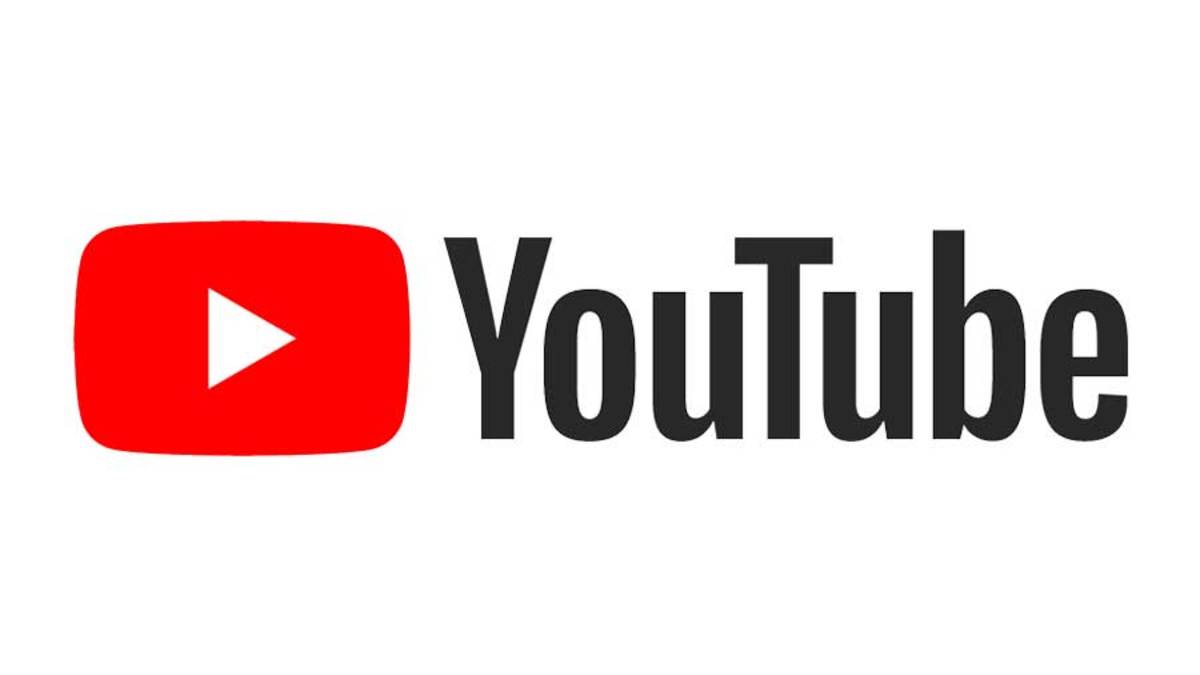As huge esports events grow to compete with some of the largest sporting events on the planet, a new study predicts that the global esports video market will be worth $300 million annually by 2018.
Esports viewing doubled from 1.3 billion hours in 2012 to 2.4 billion in 2013, according to the study from American research firm IHS Technology. Hours of viewing, researchers predict, will rise to 6.6 billion in 2018. For comparison, YouTube users watch over 6 billion hours of video every month.
The global boom in esports is being led by China, the largest market in the industry, and followed by the United States and South Korea, the second and third largest markets.
Games like League of Legends, Dota 2, and StarCraft 2 have transformed the industry, the study said, while Twitch had a breakthrough year in 2013, more than doubling in size to 45 million users watching 12 billion minutes of video on the site. It’s easy to understand why YouTube has been eyeing the San Francisco startup covetously with rumors of at least a $1 billion buying price.
More than 70 percent of all esports viewing in 2013 took place online while the rest took place on traditional television in countries like China and Sweden, where major esports are broadcast via television. By 2018, the study predicts, online viewing will account for over 90 percent of viewing hours as traditional television gets squeezed out of the growing market.
“Esports videos have rapidly transformed from a niche activity into a widely-watched, global, cross-platform entertainment category,” Dan Cryan, senior director for IHS, said.
“Several factors are contributing to the surge in esports viewing. These include the fact that key game titles have reached maturity and game publishers are taking a major role in promoting esports competitions. Furthermore, esports viewing has been boosted by the emergence of online video platforms that are capable of handling large-scale live audiences.”
The single biggest catalyst to the enormous growth of esports is online video streaming. Anyone who has watched Twitch can attest to the way it’s changed how professional gaming works. Once upon a time, fans had to download big video files or read slow moving box scores.
With sites like Twitch, every second of every day is filled not just with competitive gaming, but also coverage, analysis, and community input. This is helping drive and sustain the growth of an industry that was on the brink of destruction not too long ago.
Now, even more explosive growth seems inevitable.
Video game publishers have still been slow to realize the advertising goldmine that exists in esports. Though World of Tanks publisher Wargaming.net is spending $10 million on esports in 2014 alone, most publishers have yet to aggressively dive into the market. That will change more as esports grows.
“While advertising in and around games has often proved to be a difficult proposition, advertising in online video is commonplace,” Piers Harding-Rolls, director of games research at IHS, said. “This form of advertising gives games companies a much better opportunity of accessing the advertising value chain in a successful and meaningful way and offers these companies a route to profitable return on investment from their esport initiatives.”
H/T The Guardian













Published: Jun 2, 2014 03:06 pm